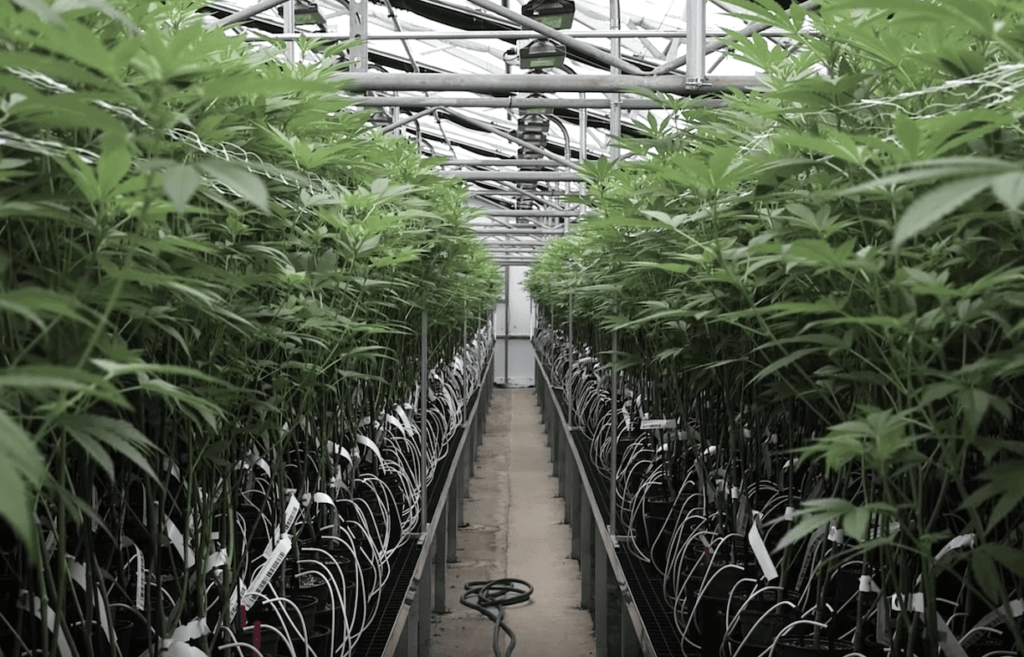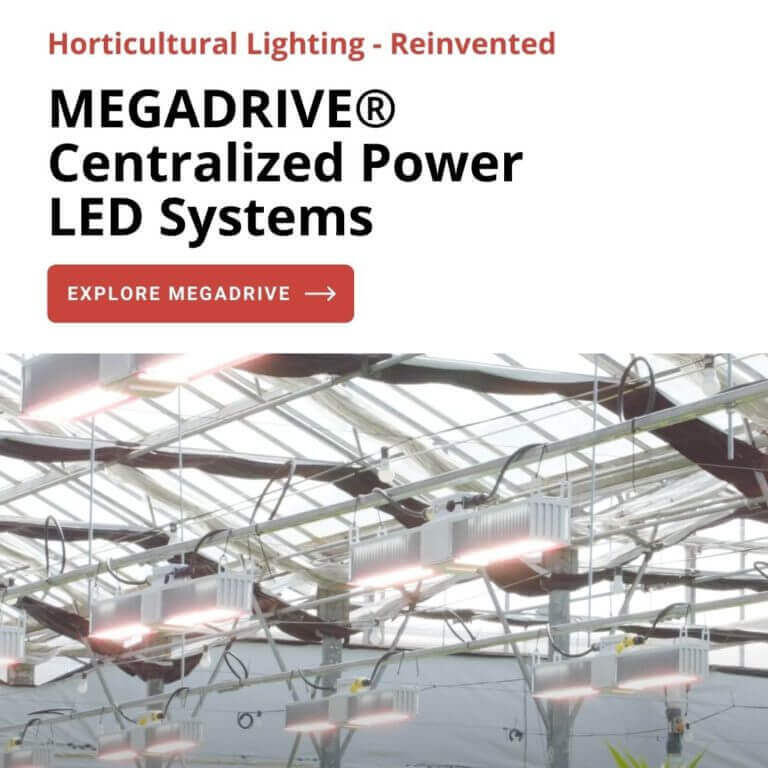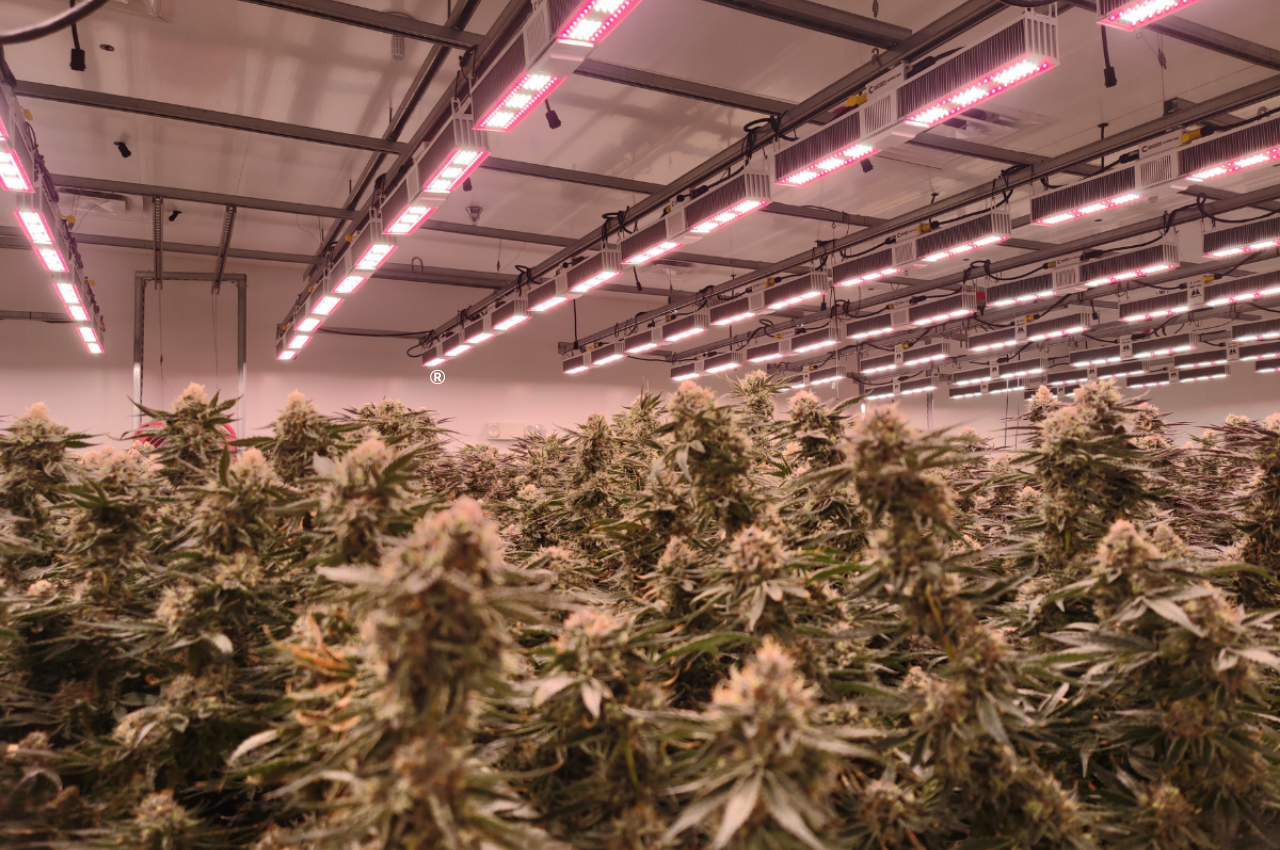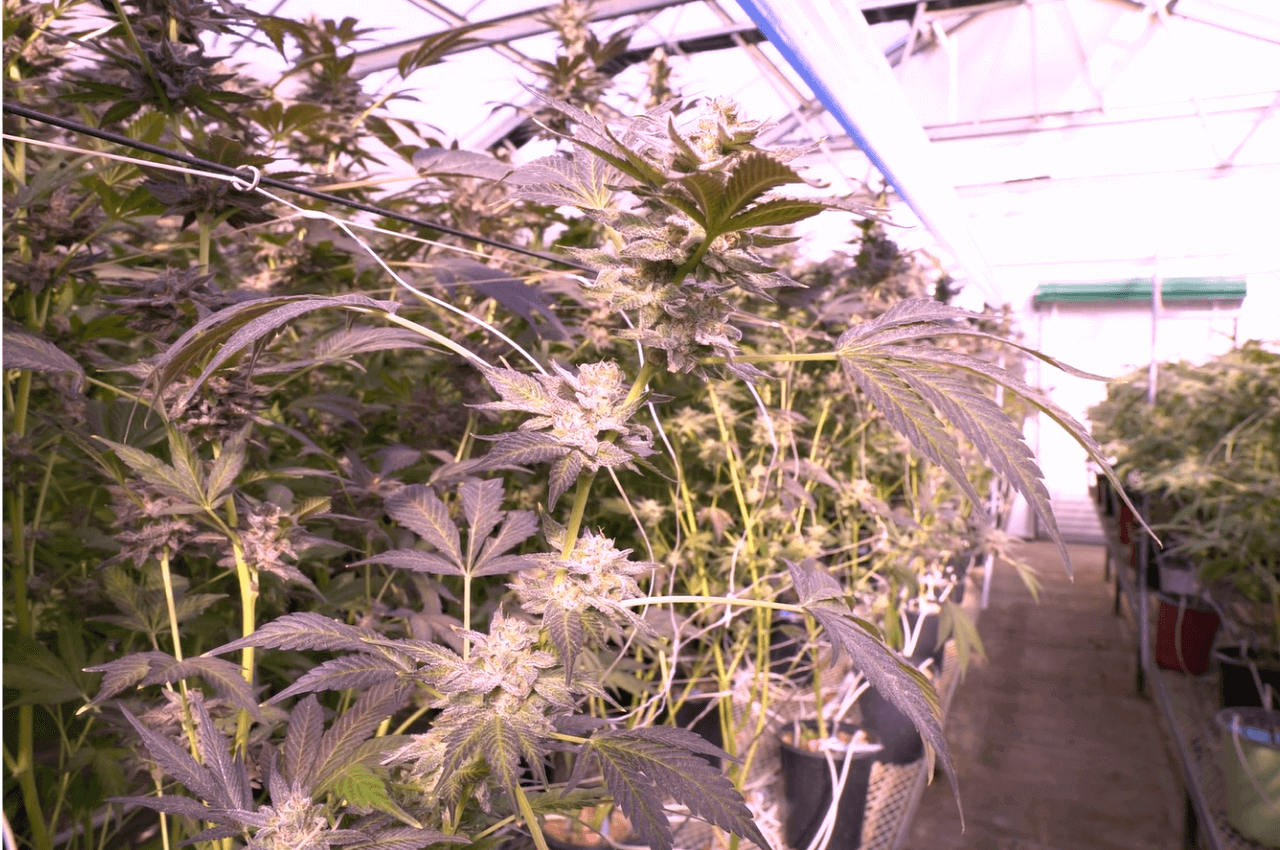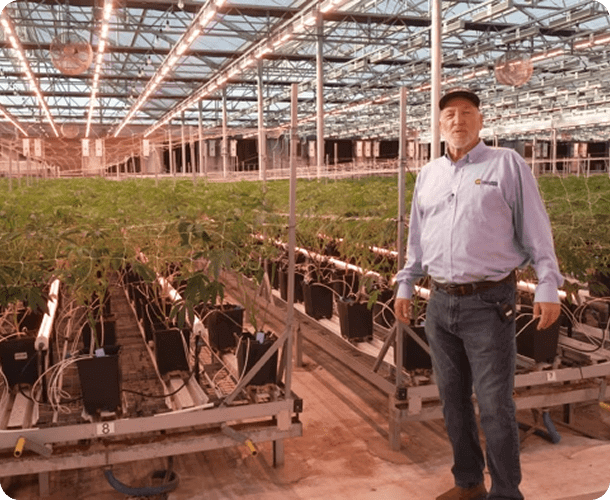For a long time, HPS grow lights have been respected as the most effective option for achieving high yields. But as LED technology advances, the tables are turning, and HPS no longer reigns supreme.
Many growers are now aware that LED is the better choice when it comes to matters of energy savings, environmental considerations, and longevity, with some lights lasting as long as 15 years. But many growers are still skeptical that LED grow lights can keep up with yields of HPS.
While this is a misconception, it’s not a shocking one. HPS has historically been a powerful grow light option due its sheer intensity. However, new and advanced LED lights not only offer equal light intensity; they also come with nuanced benefits that give growers more control than ever over their output. These days, you can count on LED lights to produce around 1-1.5 grams/watt, while the average yield for HPS grow lights is .5 grams/watt.
Why?
What are LED Lights Doing Differently Than HPS?
We’re glad you asked.
Light Spectrum Control
HPS grow lights feature a spectrum that tends to be heavier on red/yellow light. This has its advantages, especially as red light encourages flowering. The disadvantage, however, is that plants tend to do better with a light spectrum that varies throughout the growth cycle. As effective as red light is in flowering, you need a higher balance of blue in vegetation to prevent stretching (an HPS side effect) so you have strong, healthy plants to support high yields.
This is why spectrum variable LED grow lights are such a powerful tool for boosting yields. With these lights, you have total control over your light spectrum at every stage of growth, first to promote strength in vegetation, then to encourage flowering.
Finally, LED grow lights have been proven to accelerate flowering. You know what that means: Faster growth cycles, more frequent growth cycles, and in turn, higher yields.
Consistent Light Intensity
The quality of HPS grow lights decreases steadily over time, making your HPS lighting a little less equipped to give your plants the yield-boosting light they need. To keep your yields up, you typically need to change your HPS bulbs about every 12 months.
High-quality LED lights, on the other hand, are good to go for as long as 15 years with little-to-no decline in light intensity.
LED Grow Lights Generate Less Heat
Heat is hard on plants. Excessively high temperatures slow growth and discourage flowering.
HPS lights bear down on your plants with high heat, while LED lights generate far less heat and have little to no interference with your efforts to create the perfect climate for high yields.
Of course, if you’re a grower with HPS experience, you likely have a system in place for supplemental cooling. You’ve probably also determined the ideal height for your HPS lights so the heat doesn’t damage your plants. Regardless, the cooler temperature of LED lights takes the complicated calculations out of creating the ideal climate for your crop. You can also close some of the distance between your plants and LED grow lights for heightened light intensity without the risk of heat damage.
If you’re looking for higher yields, quality LED grow lights are your best bet…especially spectrum variable LED lights that offer total control over every phase of growth. We recommend checking out the SolarSystem® 1100 UVB from California LightWorks. In addition to being named the #1 LED grow lamp by Ezvid Wiki, this LED grow light includes UVB lighting to produce maximum output in the final two weeks of flowering.
No matter where you start your search for the best lights for your best-ever yields, we’re always here to help. For questions or guidance, contact us at any time.
